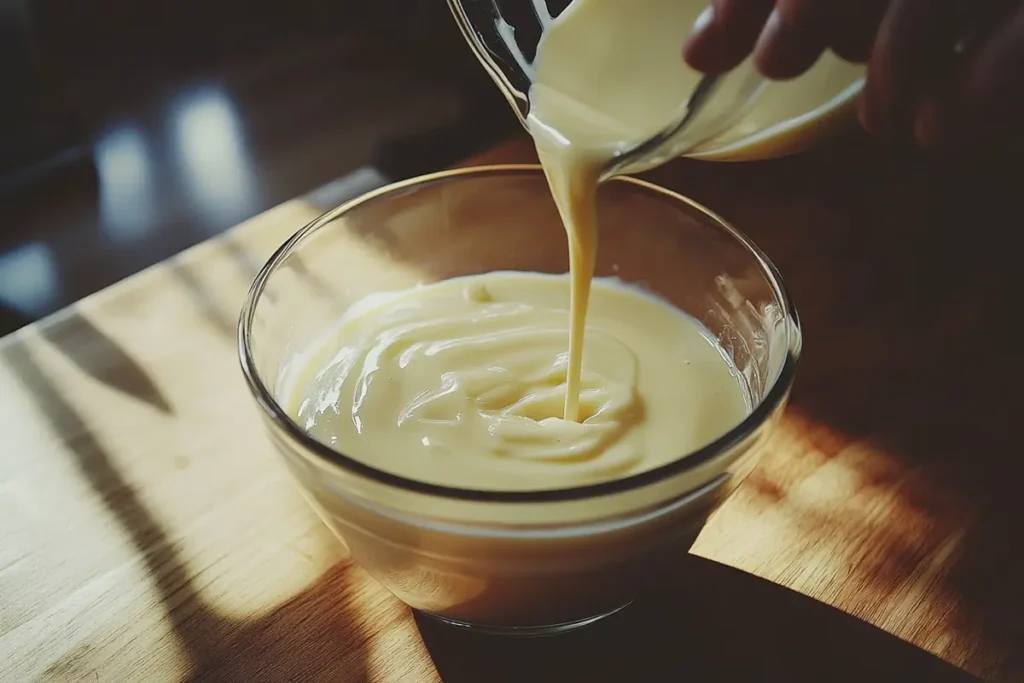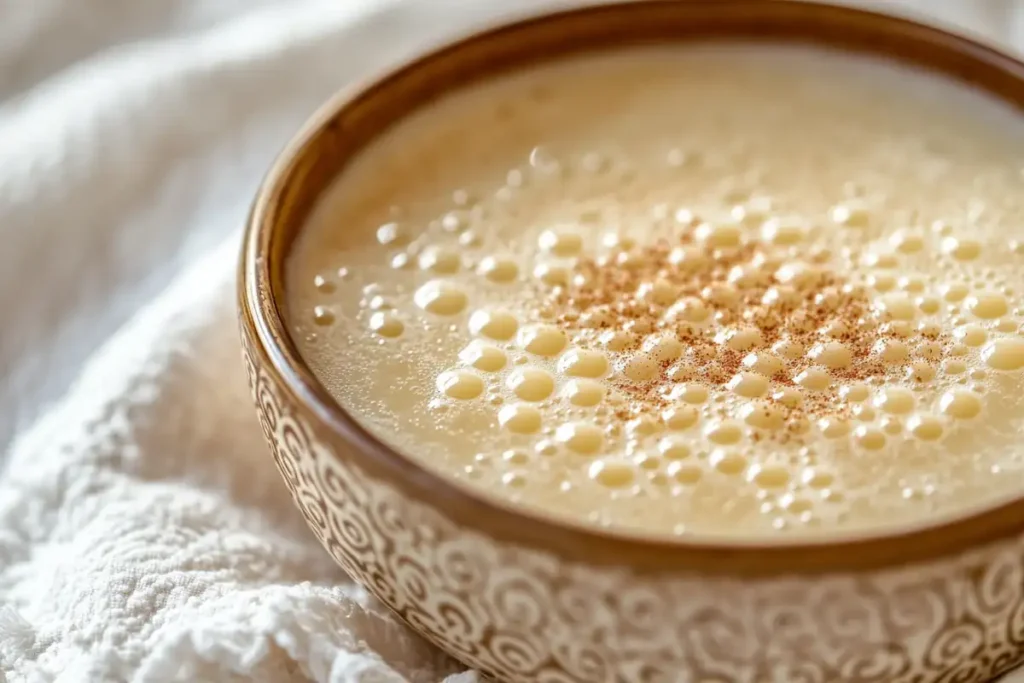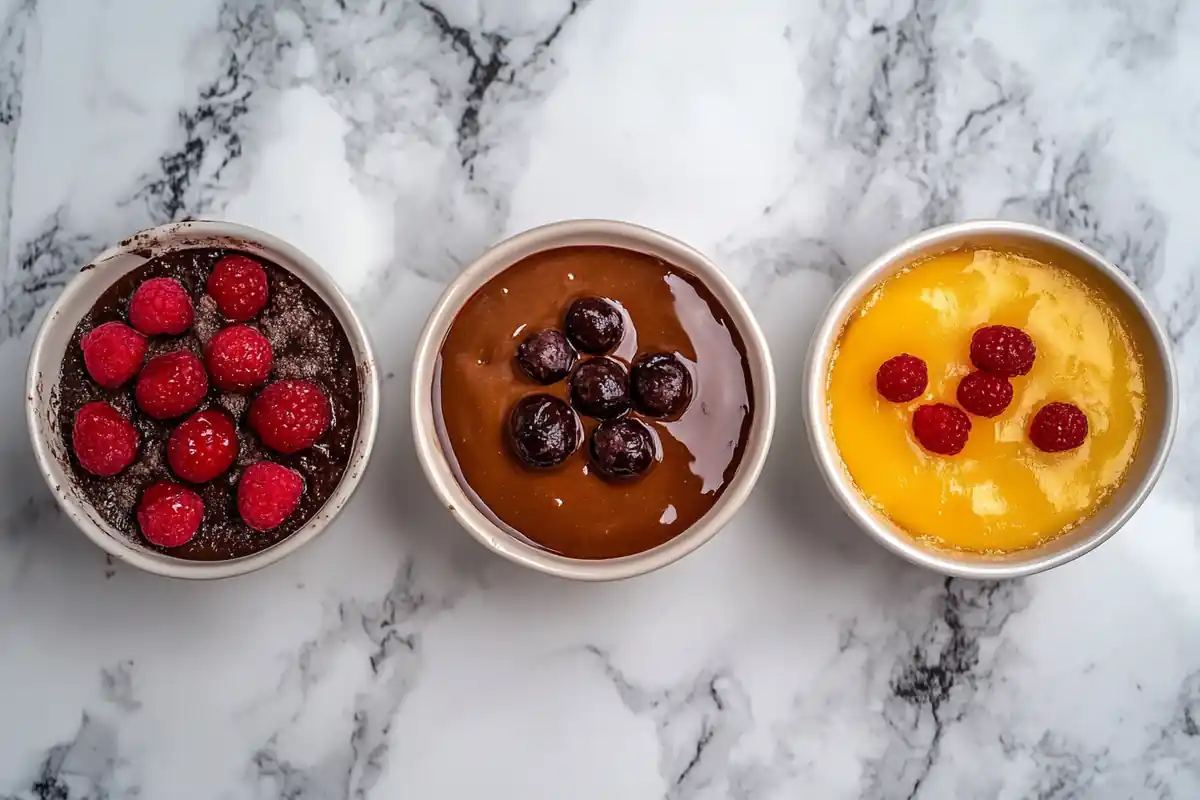What are the 3 types of pudding? This seemingly simple question unlocks a world of creamy, comforting desserts, each with its own unique characteristics and charm. Pudding, enjoyed across cultures and generations, is a testament to the satisfying simplicity of combining basic ingredients into something truly delightful. From elegant, homemade custards to quick, convenient mixes, the world of pudding is far more versatile and varied than many might think. This article embarks on a culinary journey to explore the core categories of this beloved treat.
In this guide, we will delve into the three main types of pudding, uncovering what distinguishes them and what makes each of them a unique experience. We will examine their primary ingredients, explore the methods by which they are made, and will also highlight the texture, flavor, and best uses of each variety. Whether you are a seasoned baker looking to expand your knowledge or a casual dessert lover eager to learn more about these comforting treats, this guide will offer you a new perspective on the delightful world of puddings.
Table of contents
Understanding Pudding Basics
Pudding is a creamy dessert that is usually made from milk or cream, and a thickening agent. The result is a very smooth and comforting dessert. Therefore, this simple combination of ingredients makes it very versatile.
What is Pudding?
At its core, pudding is a soft and creamy dessert, usually made with a milk or cream base. The addition of a thickening agent and a sweetener will give pudding its characteristic texture and taste. Accordingly, the result is a very smooth and pleasant dessert.
The Basic Ingredients of Pudding
The most common ingredients for pudding are dairy (such as milk or cream), sugar, and a thickening agent like eggs, starch, or gelatin. Flavorings, such as vanilla, chocolate, or fruit extracts are then added to make variations.
How Cooking Method Affects Texture
The way you cook your pudding and the ingredients you use will impact the final texture. The cooking process allows the thickening agent to work, creating the signature smoothness of pudding. Therefore, this method is very important for its characteristics.
Type 1: Custard-Based Puddings

See how smooth and creamy a custard pudding is.
Custard-based puddings are considered to be the most classic and traditional kind of pudding. This type of pudding relies on eggs as the main thickening agent, which gives it a very rich and creamy texture.
What Are Custard-Based Puddings?
Custard-based puddings use eggs or egg yolks as the main thickening agent. These puddings are smooth, rich, and have a very delicate flavor. The use of eggs adds proteins to the dish that bind and thicken when cooked.
Main Ingredients in Custard Puddings
The main ingredients in custard puddings are eggs, milk or cream, and a sweetener, along with flavorings such as vanilla, lemon, or chocolate. These ingredients work together to create a creamy dessert that’s both satisfying and indulgent.
Examples of Custard-Based Puddings
Some very popular examples of custard-based puddings are classic vanilla pudding, chocolate pudding, and lemon pudding. These flavors are classic, and very well loved by many people. The simple combination of ingredients allows for endless variations.
Type 2: Starch-Thickened Puddings

Enjoy a classic tapioca pudding with cinnamon.
Starch-thickened puddings use starches such as cornstarch or flour as their main thickening agents. This type of pudding can be a very good option for those who do not want to use eggs. Additionally, they are also a good option for those who want a lighter result.
How Starch-Thickened Puddings Are Made
These puddings are made by mixing a starch with a liquid such as milk. The mixture is then heated to thicken it into a creamy, smooth texture. The starch is what gives the pudding its unique consistency.
The Role of Starches
Starches like cornstarch, tapioca, or rice flour are what cause the mixture to thicken when heated. These ingredients provide a good alternative to eggs and are very versatile and easy to use.
Examples of Starch-Thickened Puddings
Popular examples of starch-thickened puddings include tapioca pudding, rice pudding, and many variations of vanilla and chocolate pudding. These desserts are enjoyed all over the world, because they offer a great combination of texture and flavor.
Type 3: Instant Puddings
Instant puddings are a very modern and practical variation of pudding. They use a combination of pre-cooked starches and additives that allow them to thicken quickly when mixed with milk. This makes them very easy and quick to prepare.
What Are Instant Puddings?
Instant puddings are usually made with pre-cooked starches and additives like thickeners and flavorings. They usually come in a powder form. When you mix them with milk, they thicken in a matter of minutes.
The Use of Additives and Starches
Instant puddings contain starches that have been pre-cooked and treated. This allows them to thicken quickly. They also usually include additives like artificial flavors, preservatives, and stabilizers.
Advantages and Disadvantages of Instant Pudding
Instant pudding is a very practical option that is easy and quick to prepare. However, they are not as rich or flavorful as custard-based or starch-thickened puddings, and can also contain some artificial ingredients. Therefore, you should consider these aspects when deciding which to use.
Comparing the 3 Types of Puddings
Now that we have explored each of the three types of puddings, let’s compare them. Indeed, comparing each of them will allow you to better understand what each has to offer.
Differences in Texture
Custard-based puddings are usually the richest and creamiest of the three types. Starch-thickened puddings have a smoother and slightly lighter texture. Instant puddings tend to be the least rich, and tend to have a more gelatinous texture.
Comparing Flavor Profiles and Intensity
Custard-based puddings typically have the most intense and rich flavor, due to the use of eggs. Starch-thickened puddings offer a more subtle flavor, and instant puddings usually have a more artificial, less sophisticated taste.
Ease of Preparation and When to Use Each Type
Instant puddings are by far the easiest and quickest to make. Custard-based puddings are the most time-consuming, and starch-thickened puddings fall somewhere in the middle. Therefore, you should choose each based on your time, skills, and the kind of taste you are looking for.
Regional Variations of Pudding
Pudding is a dessert that is enjoyed all over the world. There are many different variations of this dessert, depending on the country or culture where it’s enjoyed. It is also important to note that the word “pudding” can be interpreted differently in different places. Therefore, it is important to understand the meaning of pudding in different countries.
American vs. British Puddings
In the United States, pudding often refers to a creamy dessert made with milk or cream, sugar, and a thickening agent. In Britain, the term “pudding” can also refer to a wide variety of both sweet and savory dishes. Therefore, be aware that the word can have different interpretations in these regions.
Other Global Variations
From the rich and spicy puddings of India to the delicate fruit puddings of Europe, every culture has their own spin on this classic dessert. Indeed, these global variations highlight the versatility of this type of dessert.
Serving Suggestions and Creative Pairings
Pudding is a dessert that is enjoyed on its own, or with other enhancements. Here are some suggestions that can take your puddings to the next level.
Serving Suggestions for Different Puddings
Custard-based puddings are best served chilled, on their own, or with a topping such as shredded coconut, or chocolate sprinkles. Starch-thickened puddings are also delicious on their own, or with the addition of fresh fruit or nuts. Instant puddings can be served on their own, or as the base of more complex desserts, like parfaits.
Creative Pairings
Pudding pairs very well with fresh fruit, whipped cream, chocolate shavings, and a variety of sauces. You can also use puddings as the base for more complex desserts. Therefore, always try to experiment with new pairings. Consider adding a sprinkle of nuts for extra texture, or layering different types of puddings to create a unique treat. You could even try a warm pudding with a scoop of cold ice cream for a pleasing temperature contrast, or a pudding parfait with layers of fruit and crunchy toppings. The possibilities are endless, so don’t be afraid to explore different options!
Conclusion: Exploring the World of Pudding
In conclusion, the answer to the question, “What are the 3 types of pudding?” reveals a spectrum of textures, flavors, and preparation methods, from the rich and creamy custard-based puddings to the convenient and quick instant varieties, each with a place in the dessert world. Understanding these three main types: custard-based, starch-thickened, and instant, allows you to appreciate the diversity of this classic dessert and will help you select the best option for you. Each type has its own unique qualities, offering a distinct experience for different preferences.
Ultimately, the best way to appreciate this versatile dessert is to try the different types and discover your own favorites. Whether you favor the old-fashioned charm of a homemade custard, the simplicity of a starch-thickened pudding, or the convenience of instant mixes, we encourage you to explore all the different variations that exist. By understanding the differences and nuances of each, you can confidently select the best pudding for any occasion and create your own memorable dessert experiences. So, embrace the world of pudding, and enjoy every single spoonful!
Frequently Asked Questions (FAQs)
The best kind of pudding is a matter of preference. Some may love the rich texture of a custard-based pudding, while others may prefer the ease of instant pudding. Therefore, you should explore the options and find the one you like best.
American pudding typically refers to a sweet, creamy dessert, while English pudding can refer to a variety of both sweet and savory dishes. Therefore, the word has a different meaning in these regions.
Pudding flavors are countless. Some popular ones are chocolate, vanilla, butterscotch, caramel, and lemon. However, you can also make puddings with a variety of fruits, spices, or extracts.
Vanilla pudding can be a custard-based pudding made from scratch, or a starch-thickened pudding made from ingredients, while instant pudding is a very practical variation that is made using pre-cooked starches and additives. Therefore, they have a different flavor and preparation method.

